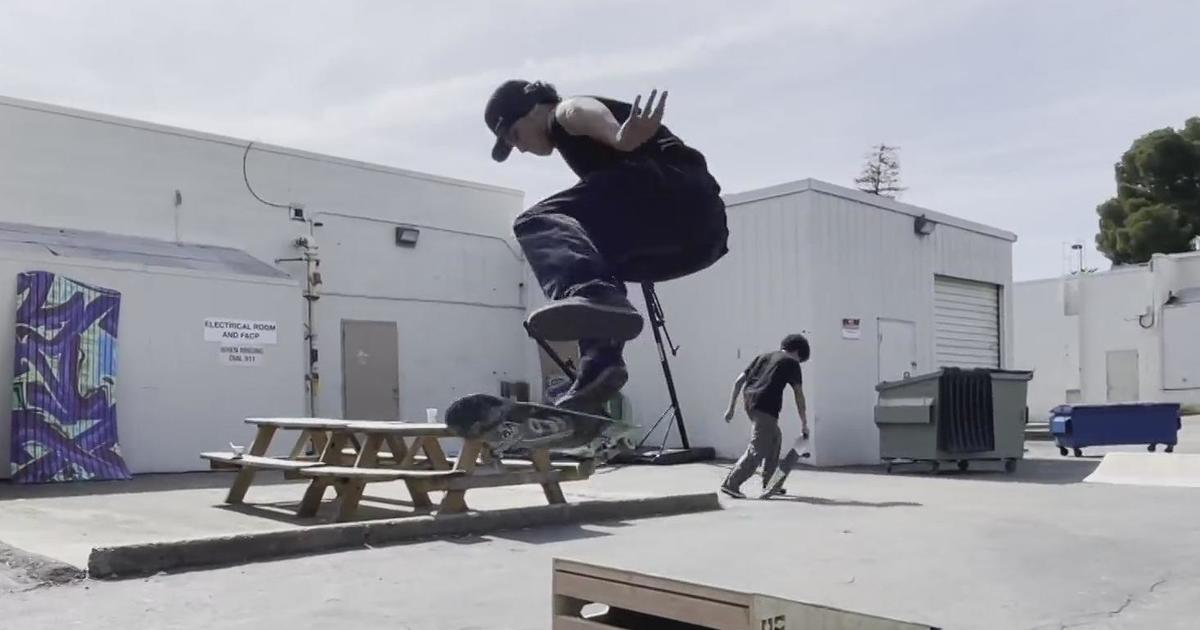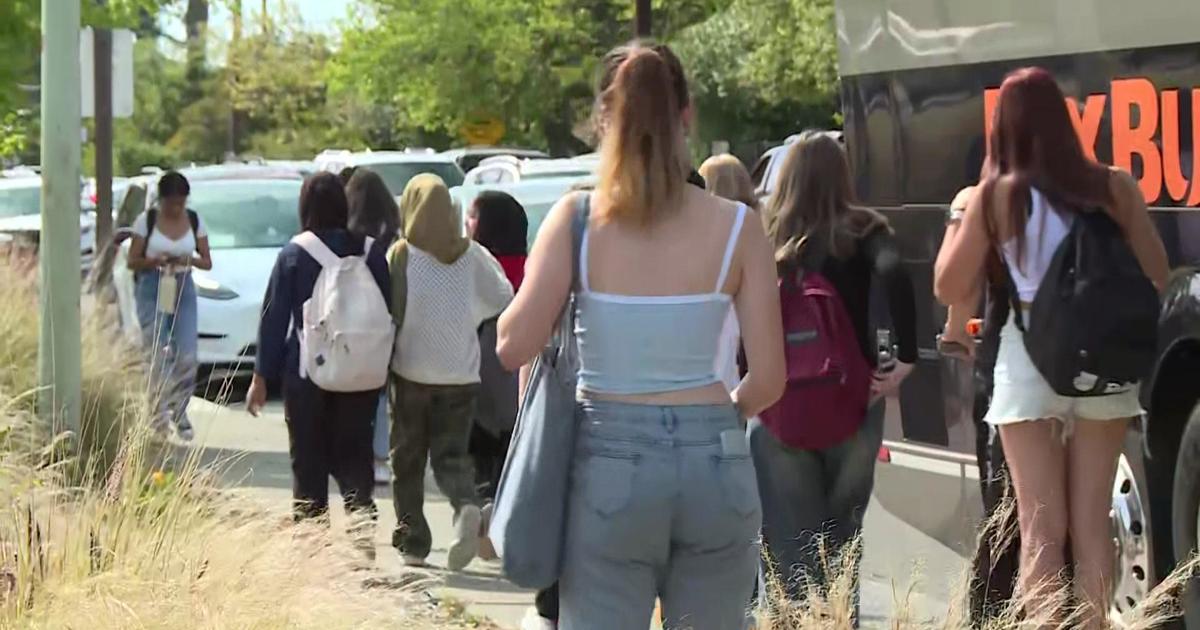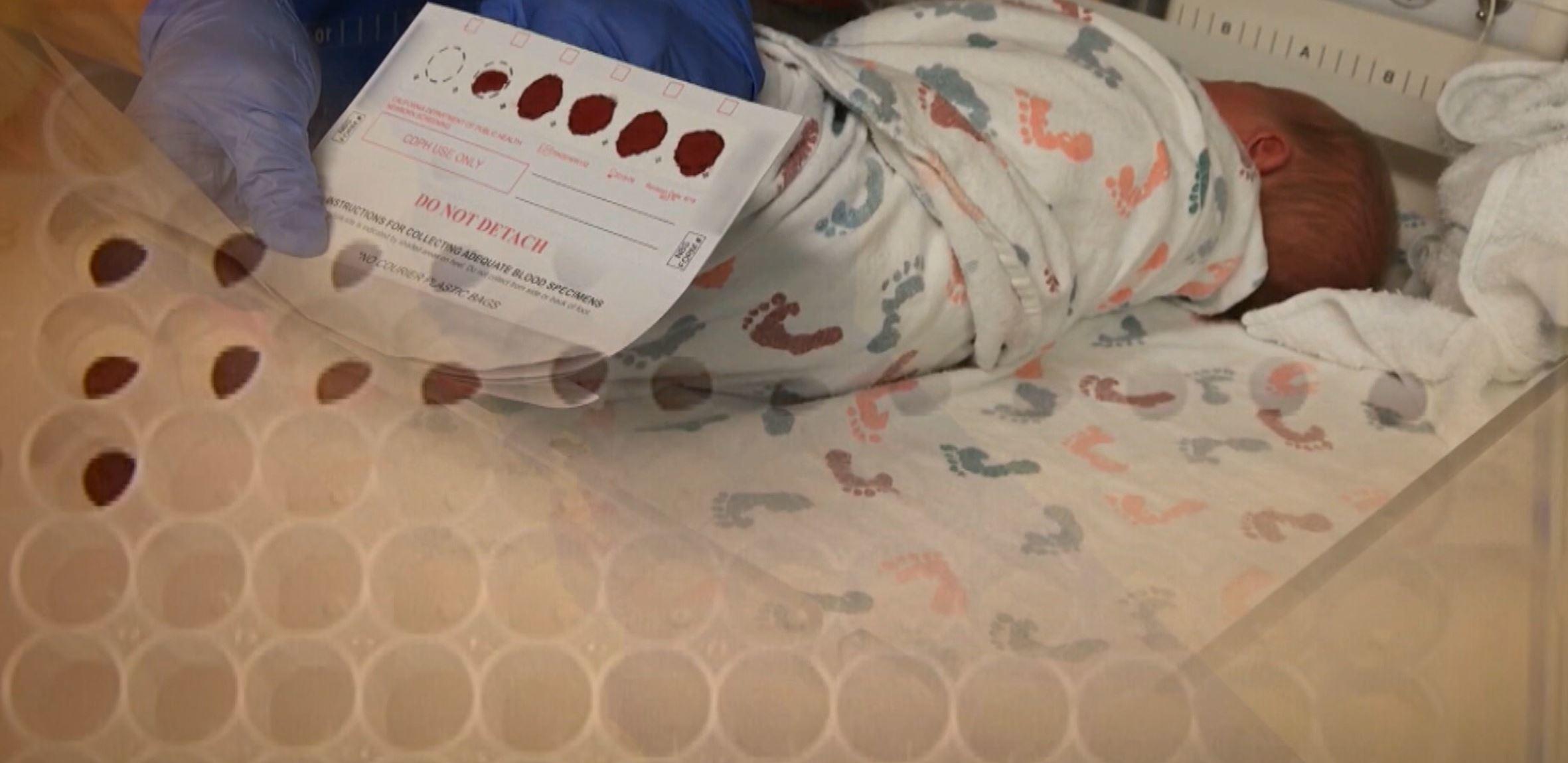New Technology Program Challenges Conventional Teaching
 (Photo Credit: Thinkstock)
(Photo Credit: Thinkstock)
This article is presented in partnership with CA Lottery.
As classrooms work to move students into the "global marketplace" of problem-solving and international competitiveness, identifying the route students should take is where educators sometimes debate. It's clear that with curriculum changes like Common Core, there is a shift in how teachers teach and how learning is measured.
Across the country and state, educators are helping students make the transition from standardized testing measurements to assessments requiring a deeper thought process. Many educators are taking a closer look at methods like Design Thinking as a teaching tool that can reach beyond the classroom by helping students build lifelong thinking skills.
Design Thinking is not a new process and has been around for more than 30 years in the business world. However, over the past few years, this concept has started to gain more traction in public school districts. The idea of taking proven methods like solution-based or solution-focused thinking has become increasingly important in students meeting new assessment requirements.
Technology As A Transformation Tool
State Superintendent of Public Instruction Tom Torlakson has taken the opportunity to expand students' approaches to problem-solving by infusing a goal of technology mastery in three years.
Last year he released the initiative Empowering Learning: A Blueprint for California Education Technology 2014-2017. The plan, in collaboration with the California Department of Education's Educational Data Management Division, is a call to action for educators, community leaders and businesses to work together to provide learning environments that take students beyond the traditional classrooms and prepare them to succeed in the job market.
The requirements to be competitive in today's workforce include a combination of solution-based thinking and technology skills.
Torlakson points out that California leads the nation in technology jobs, and the technology industry is a vital part of the California economy. He believes this is just one reason to grow technology as part of California's world-class education plan for students.
"I have seen the potential that can be unlocked by access to the right tools," said Torlakson in the report. "I have seen students discuss the books they are reading in class online. I have seen desktop robots used to demonstrate engineering concepts. And I have seen everything from virtual frog dissections to student-produced newscasts. Most importantly, I have seen how technology can be tailored to respond to the strengths and challenges of each student as an individual."
Embedding a large-scale goal of Design Thinking with a massive plan of total technology across the state's school districts is going to be a major undertaking.
Karan Holst, technology fellow with the California Department of Education who is responsible for launching Digital Chalkboard, said the plan must not become business-as-usual for the state government in order for it to succeed.
"We must use innovative thinking to create the right solutions, moving beyond the typical public sector barriers of organizational culture and procurement process. Through cross-sector conversations and educator-centered Design Thinking, we can and will work together to re-envision solutions for digital learning," said Holst. She explains that this will require thinking outside of the box.
Thinking Outside Of The Box
The phrase "thinking outside of the box" was coined in the 1970s and 1980s by management consultants looking to encourage new problem-solving techniques. It's a metaphor that means to think differently or unconventionally. The concept is often key in describing a goal of brainstorming.
For decades, students have been trained to think in one way and to follow one path in solving a problem. This is what education experts say they are trying to change.
Because new assessment tools are requiring students to show their work and explain how they arrived at an answer, problem-solving has taken on a new action that requires students to not just regurgitate information, but to take an extra step in their learning as well.
Design Thinking For Real Life
Dr. Maureen Carroll is the founder of Lime Design and director of Stanford University's Research in Education & Design Laboratory (REDlab). She is also an adjunct faculty member in the School of Education. She has been helping educators implement Design Thinking into their classrooms for the past five years and says it is a critical life skill. Design Thinking is the ability to recognize that there are different ways of thinking about a problem. In order to produce the best results, sometimes one must think differently.
"A resilient 21st century learner works to find out what works and bounces back from failure. You must have a willingness to accept that a problem has multiple solutions and develop your ability to try again. Design thinkers learn from their mistakes so they can develop a better solution next time," said Carroll.
Nicole Bailey-Covin is a freelance education writer for Examiner.com.



